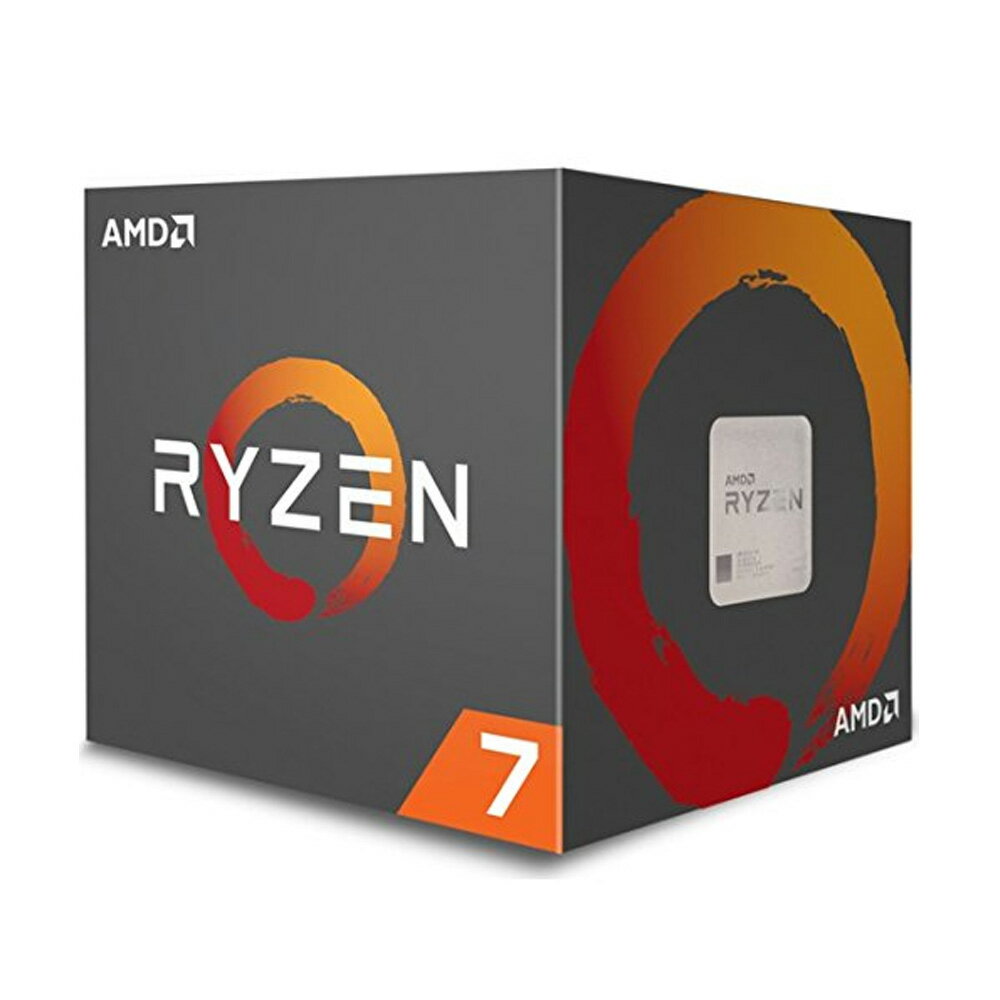
We asked AMD, and they confirmed that at stock settings, increasing the 95☌ temperature target isn't possible, you can only lower it.

Once you enable overclocking mode, the 95☌ temperature target gets disabled and the CPU may run at up to 105☌, and only above that it will turn off automatically to protect itself-this is the real TJMax. Remember, this isn't a classic TJMax, but a load-temperature limit at which the processor begins to lower its highest boost frequency based on the cooling performance. Instead 95☌ is what the processor is trying to run at, by picking the highest possible boost frequency that doesn't cause the temperature to go over the 95-degree mark. The 95☌ temperature doesn't necessarily cause the processor to freak out in any way. When any chip hits its temperature limit, it either shuts down, or dramatically drops voltages and clock speeds to attempt to lower temperature only that's not what is happening with Zen 4.

It will still hold on to the 95☌ temperature at the highest possible clock speed. But what if you gave these processors cooling below this recommendation? Will bad things happen? What about air-cooling?Įven with weaker cooling, the processor won't bug out with thermal-trips or emergency system shutdowns, provided you have some form of cooling. AMD is sticking with the classic definition of TDP, and they set the cooler recommendations accordingly-at least a 240 mm AIO liquid cooler is recommended for the Ryseries. AMD, on the other hand, has raised its TDP (base power) for its Ryseries to 170 W on the box, but with a power limit of 230 W. Intel's flagship Core i9 "K" processors come with 125 W base power marked on the tin, but actual power limits set as high at 241 W for the 12th Gen Alder Lake, expected to go up to 253 W with Raptor Lake.

In their bid to outdo each other, both Intel and AMD have thrown traditional notions of "high" thermals and power-draw out of the window.

AMD made several statements around this temperature, the most notable of which, is that one shouldn't be alarmed with the 95☌ load temperatures if the processor's basic cooling requirements are met, and should expect this to be its normal load temperature residency.ĩ5☌ is a mighty high temperature, especially for a processor built on the 5 nm node-the most advanced ever for an x86 processor. When our reviews of the Ryzen 7000 series went live last week, the buzz among tech forums and social media was surrounding its 95☌ operating temperature, which the processor was found not just hitting quite often, but basically residing in, under nearly all serious processing loads. AMD Ryzen 9 7950X "Zen 4" is the fastest desktop processor you can buy right now.


 0 kommentar(er)
0 kommentar(er)
